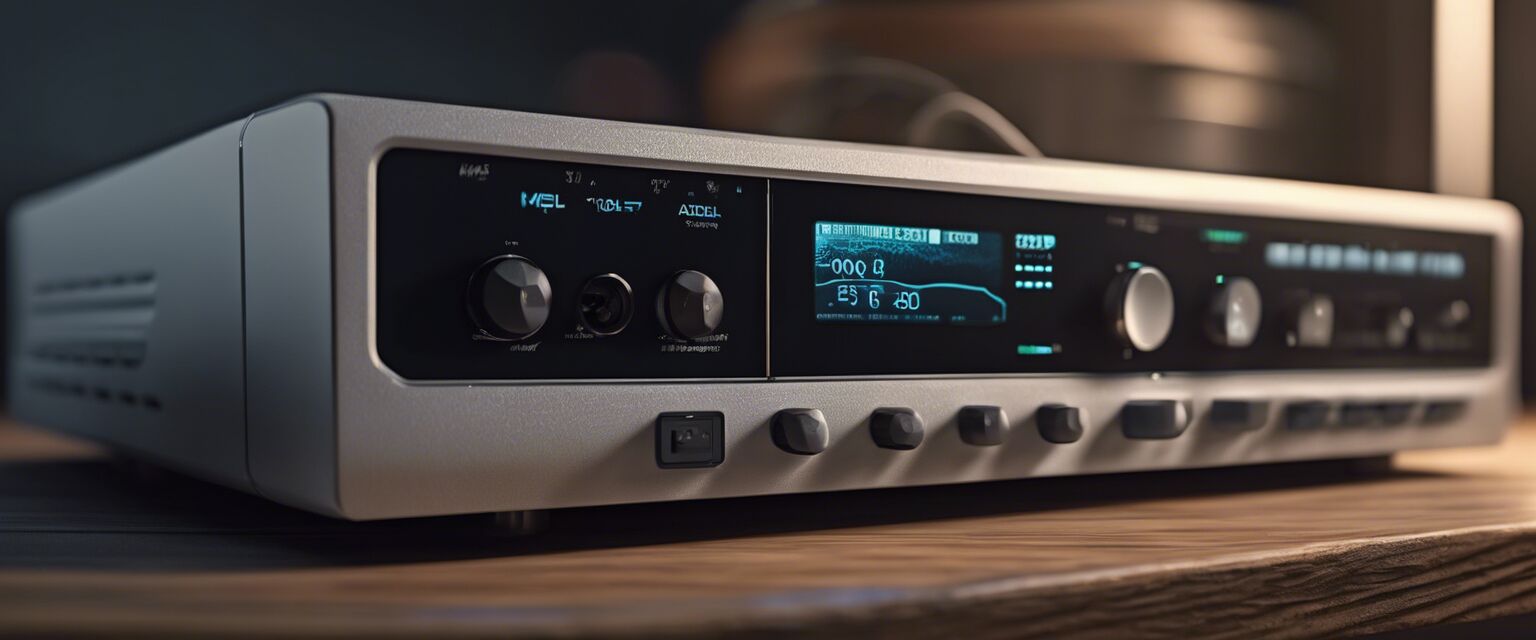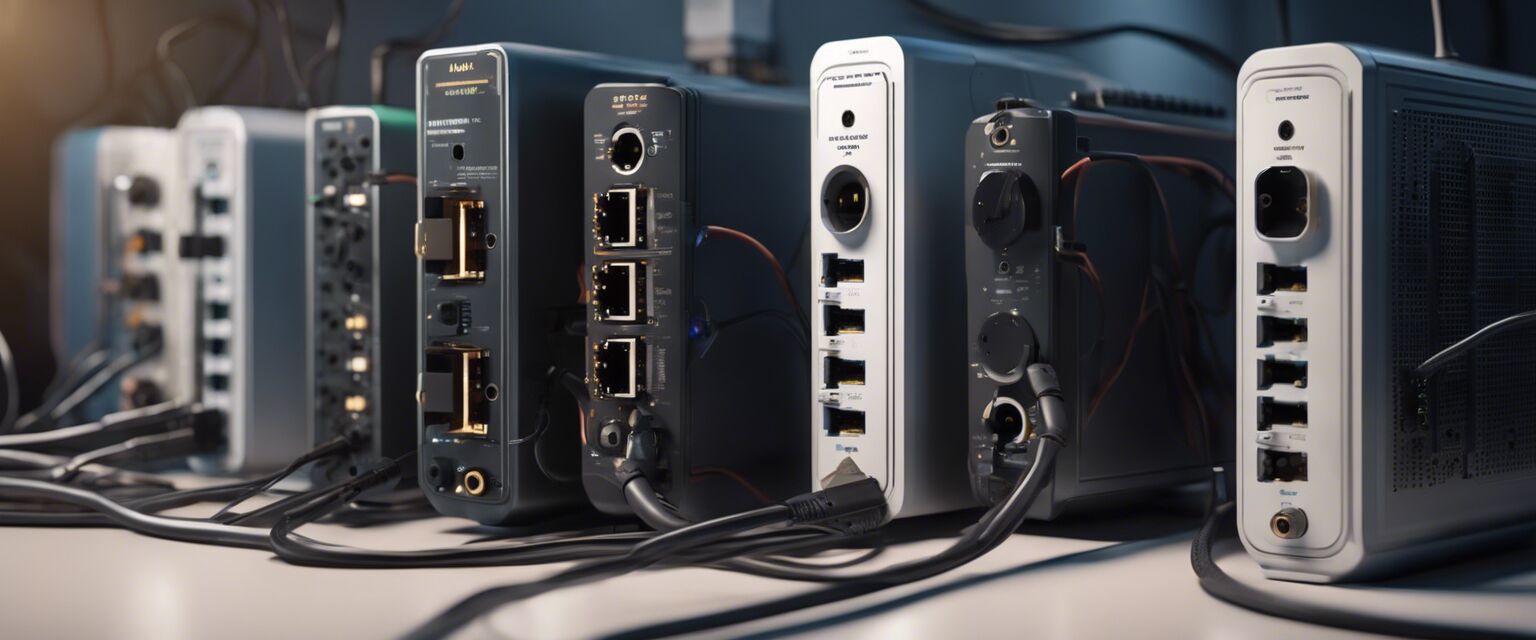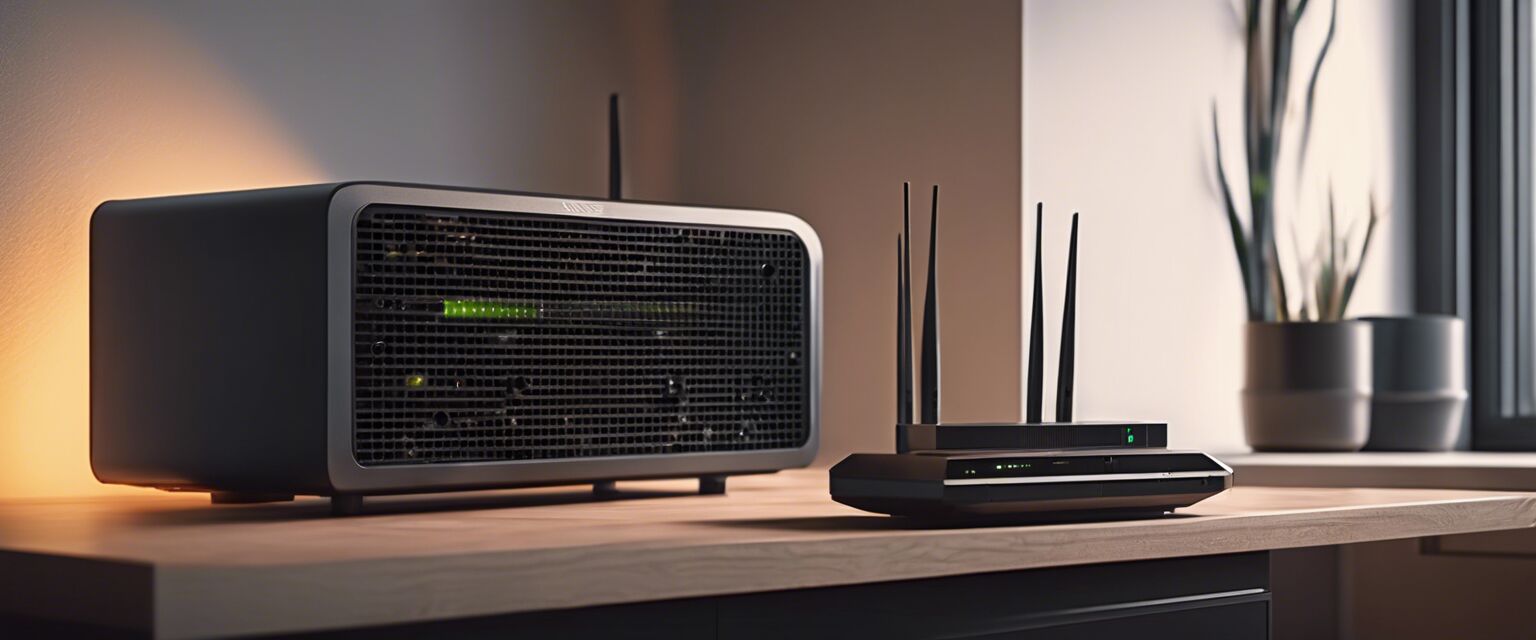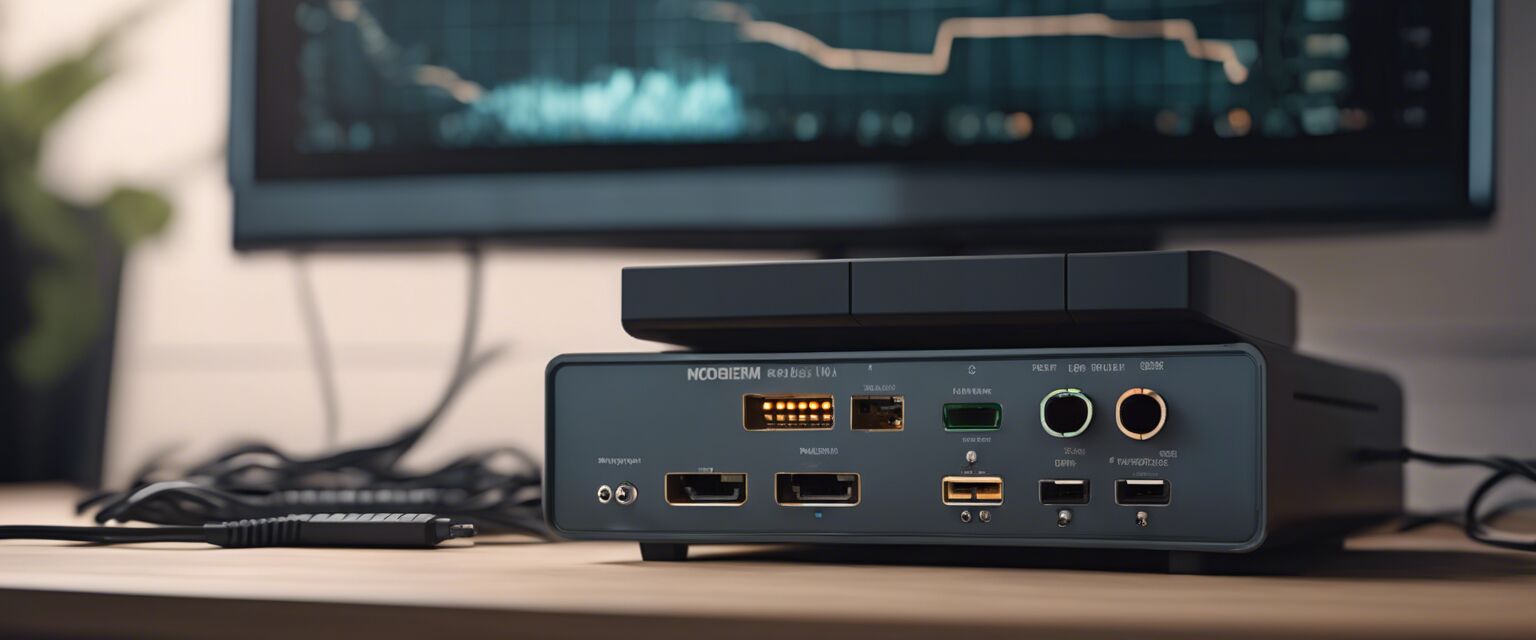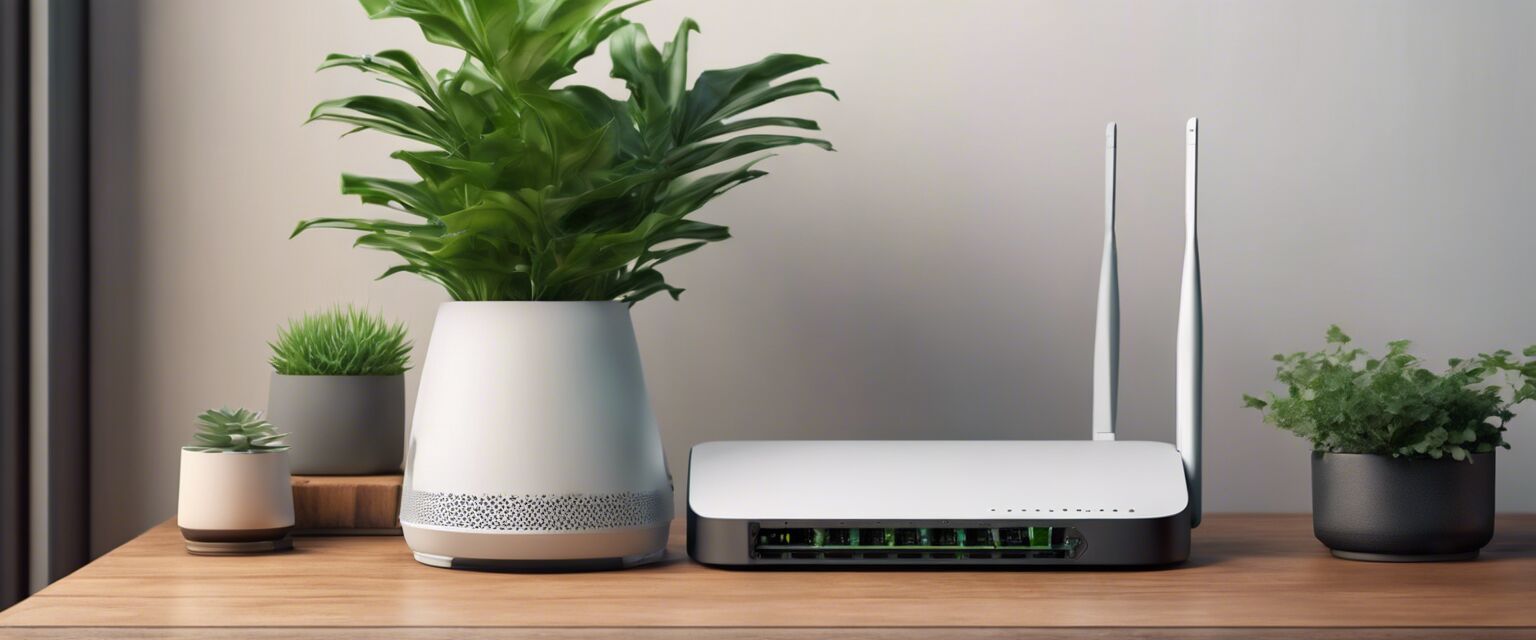
Setting Up Your Modem
Key Takeaways
- Understand the different types of modems.
- Follow step-by-step instructions for proper setup.
- Troubleshoot common issues during installation.
- Explore advanced features for an optimized network.
Setting up a modem can seem daunting, especially if you are not technically inclined. However, with our comprehensive guide, you will learn everything you need to know about setting up various types of modems, step-by-step instructions, and tips to get your internet running smoothly. Let's dive in!
Understanding Modem Types
There are several types of modems available in the market, each designed for specific needs. Here are the most common types:
| Modem Type | Description | Best For |
|---|---|---|
| ADSL Modems | Utilizes telephone lines to provide internet access. | Rural areas, lower-speed connections. |
| Cable Modems | Connects to a cable television line for internet supplies. | Faster connections in urban areas. |
| Modem Routers | Combines modem and router functions for wireless access. | Homes requiring Wi-Fi throughout. |
Steps to Set Up Your Modem
Step 1: Gather your equipment
Ensure you have the following items before starting:
- Modem
- Power adapter
- Ethernet cable
- Coaxial or telephone cable (depending on modem type)
Step 2: Connect the Modem
Follow these instructions based on your modem type:
For ADSL Modems
- Connect the telephone cable from the wall to the modem's phone port.
- Plug in the power adapter and switch the modem on.
For Cable Modems
- Attach the coaxial cable from the cable outlet to the modem.
- Connect the power adapter and turn it on.
For Modem Routers
- Connect your internet source as per the router instructions.
- Plug in the power and switch it on.
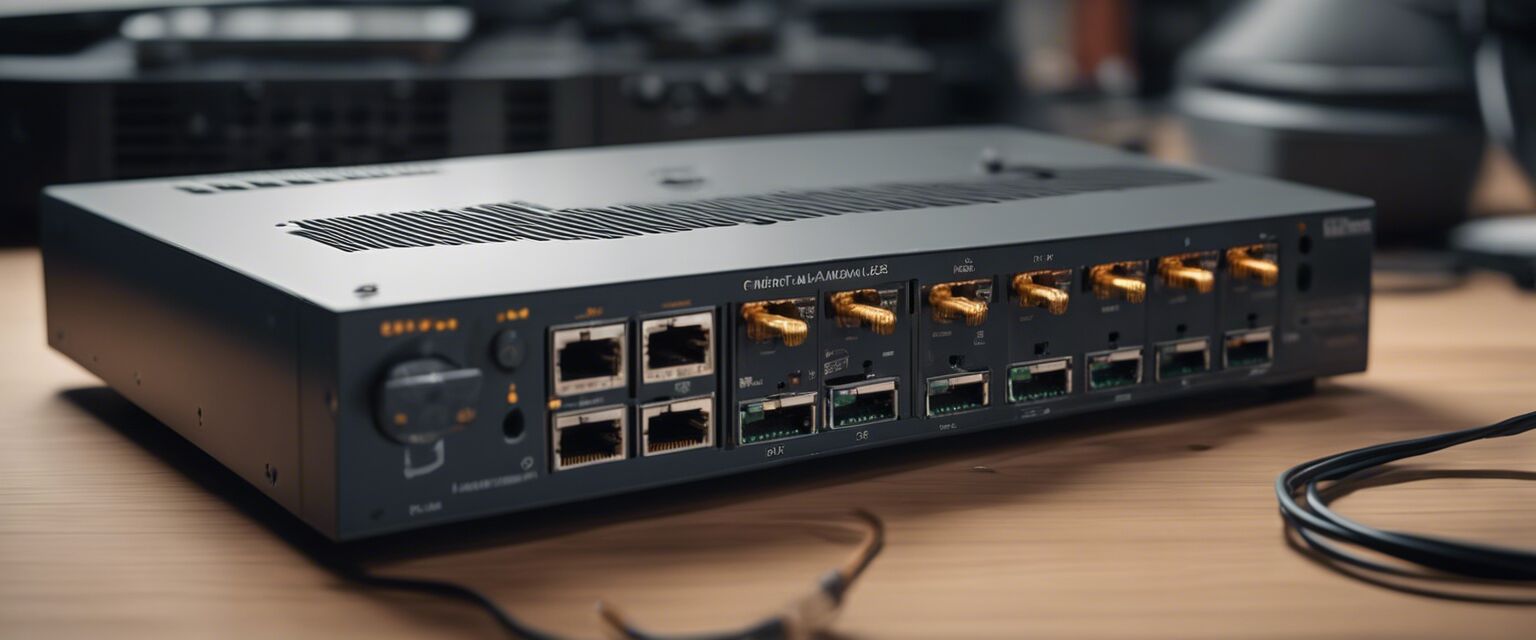
Step 3: Connect to Your Device
Now that the modem is powered, you need to connect it to your devices:
- For wired connections, use an Ethernet cable to connect your computer to the modem.
- For wireless connections, look for the Wi-Fi name (SSID) on the modem and connect your device using the password provided.
Step 4: Configure Settings
To optimize your modemâs performance, access the configuration settings:
- Open a web browser and enter the modem's IP address (typically found in the manual).
- Log in using the default credentials.
- Adjust settings like Wi-Fi name, password, and security options.

Troubleshooting Common Issues
If you encounter connectivity issues, try the following:
- Restart your modem by unplugging it and then plugging it back in.
- Check all connections to ensure they are secure.
- Reset the modem to factory settings if necessary.
Advanced Features to Optimize Performance
Once your modem is set up, consider exploring additional features such as:
- Quality of Service (QoS) settings to prioritize bandwidth for essential tasks.
- Firmware updates to ensure you have the latest security and performance updates.
Pros
- Easy setup process for various modem types.
- Enhanced speed and connectivity features.
- Ability to manage network settings effectively.
Cons
- May require technical knowledge for advanced settings.
- Potential compatibility issues with certain providers.
Conclusion
Setting up your modem is crucial for achieving optimal internet performance. By following the steps outlined in this guide, you can have your internet running smoothly in no time. Whether you are using ADSL modems, cable modems, or modem routers, understanding the setup process and being aware of troubleshooting methods can save you time and frustration.
For more information on modem options, check out our detailed pages on ADSL Modems, Cable Modems, and Modem Routers. You can also explore Modem Accessories and enhance your home network setup with useful tools available at our Network Switches and Wireless Extenders pages.

